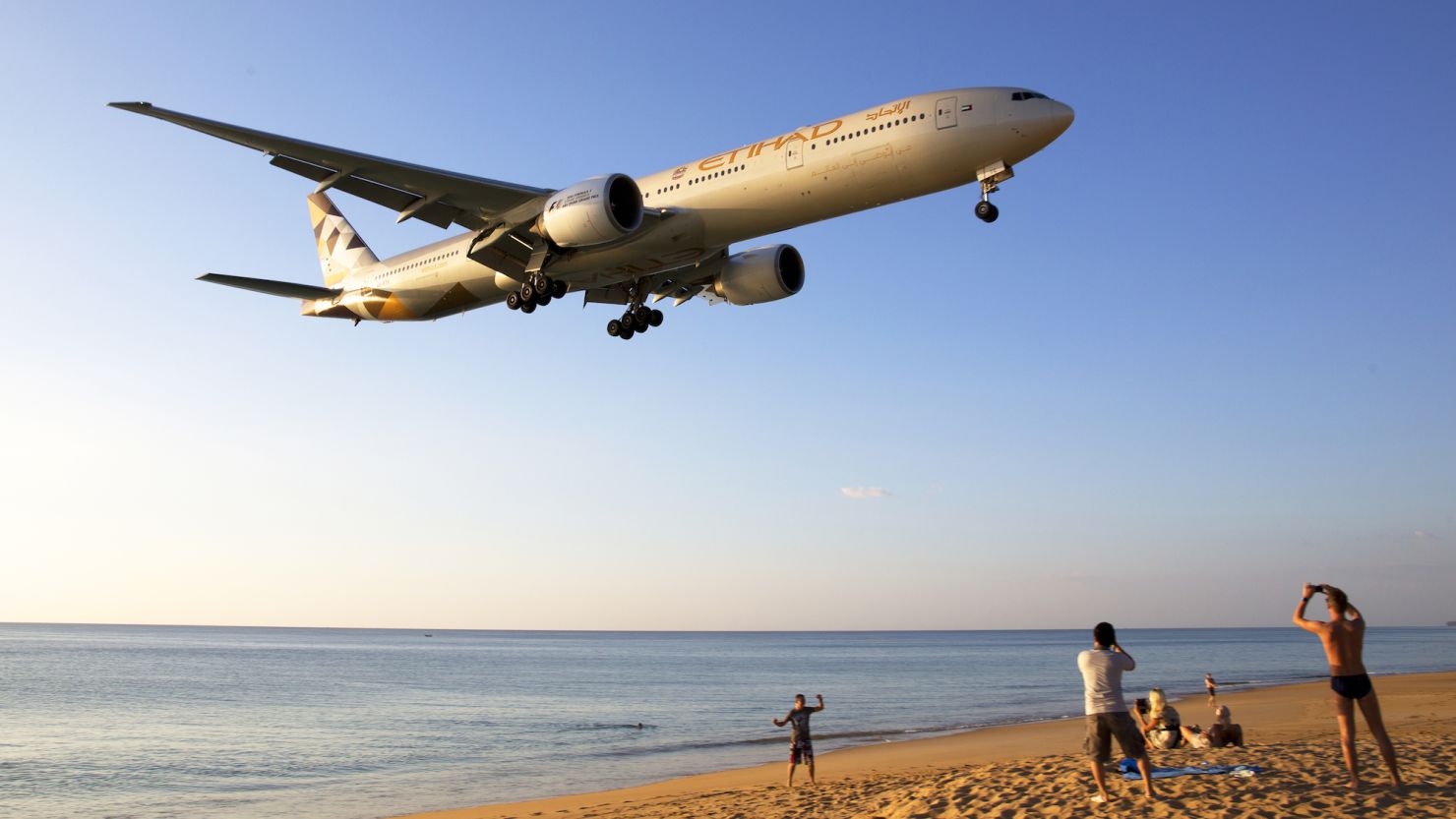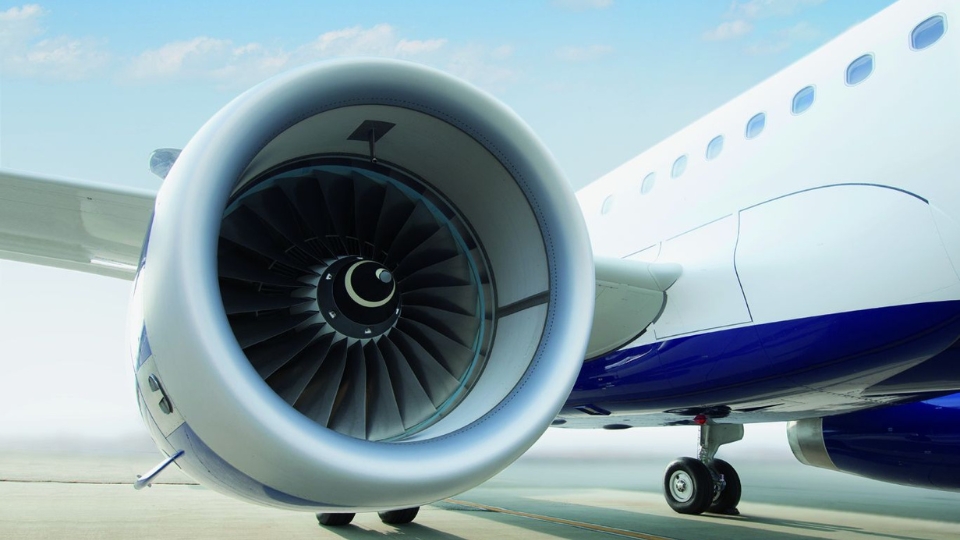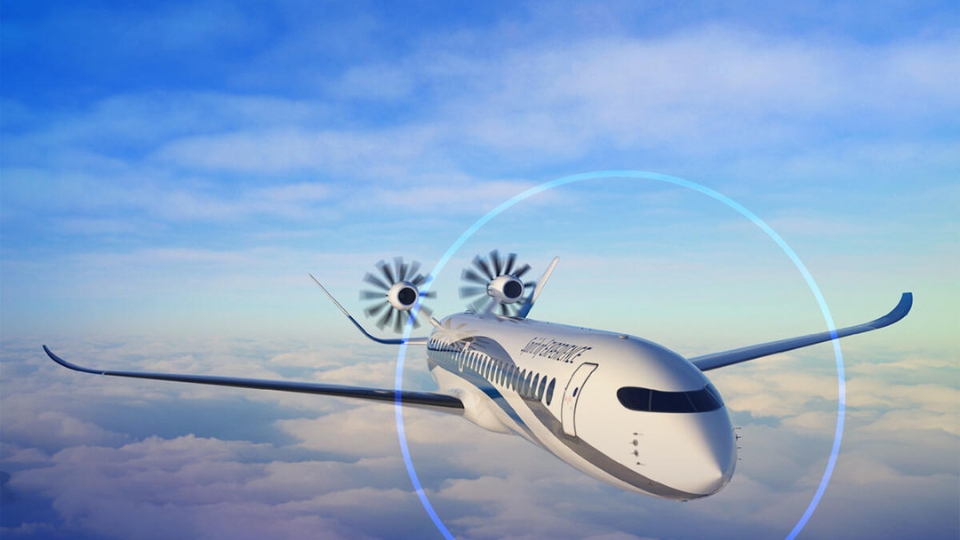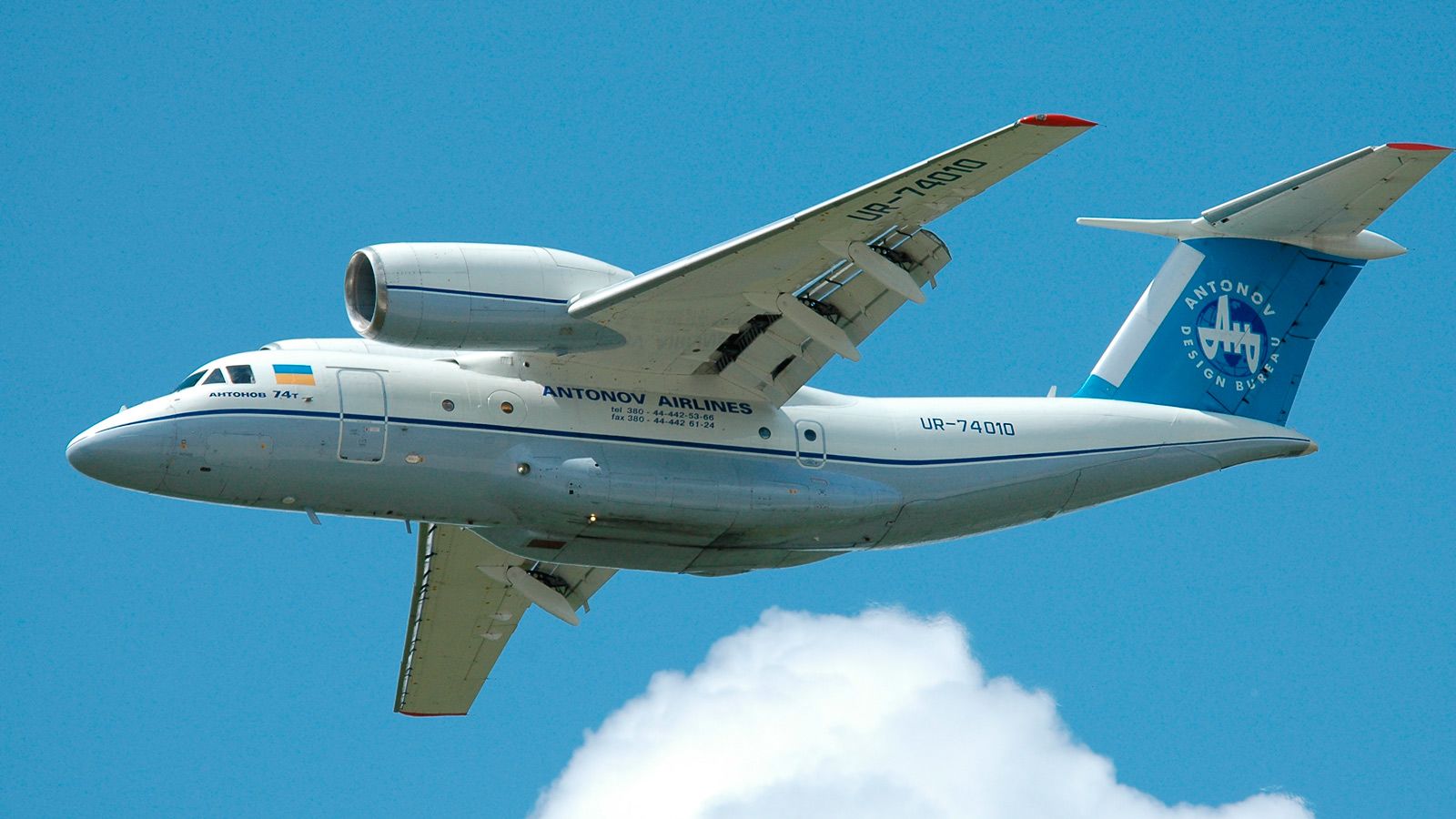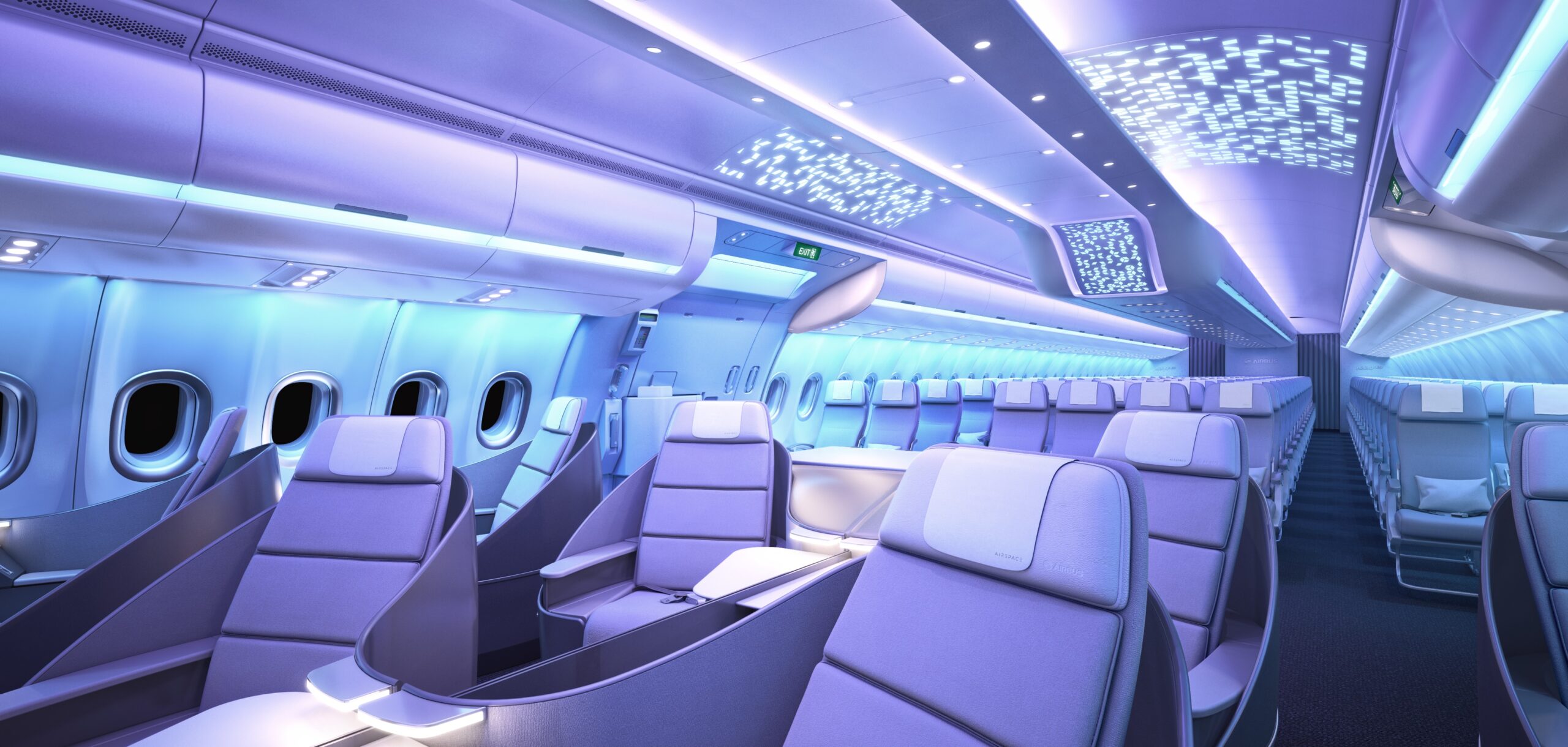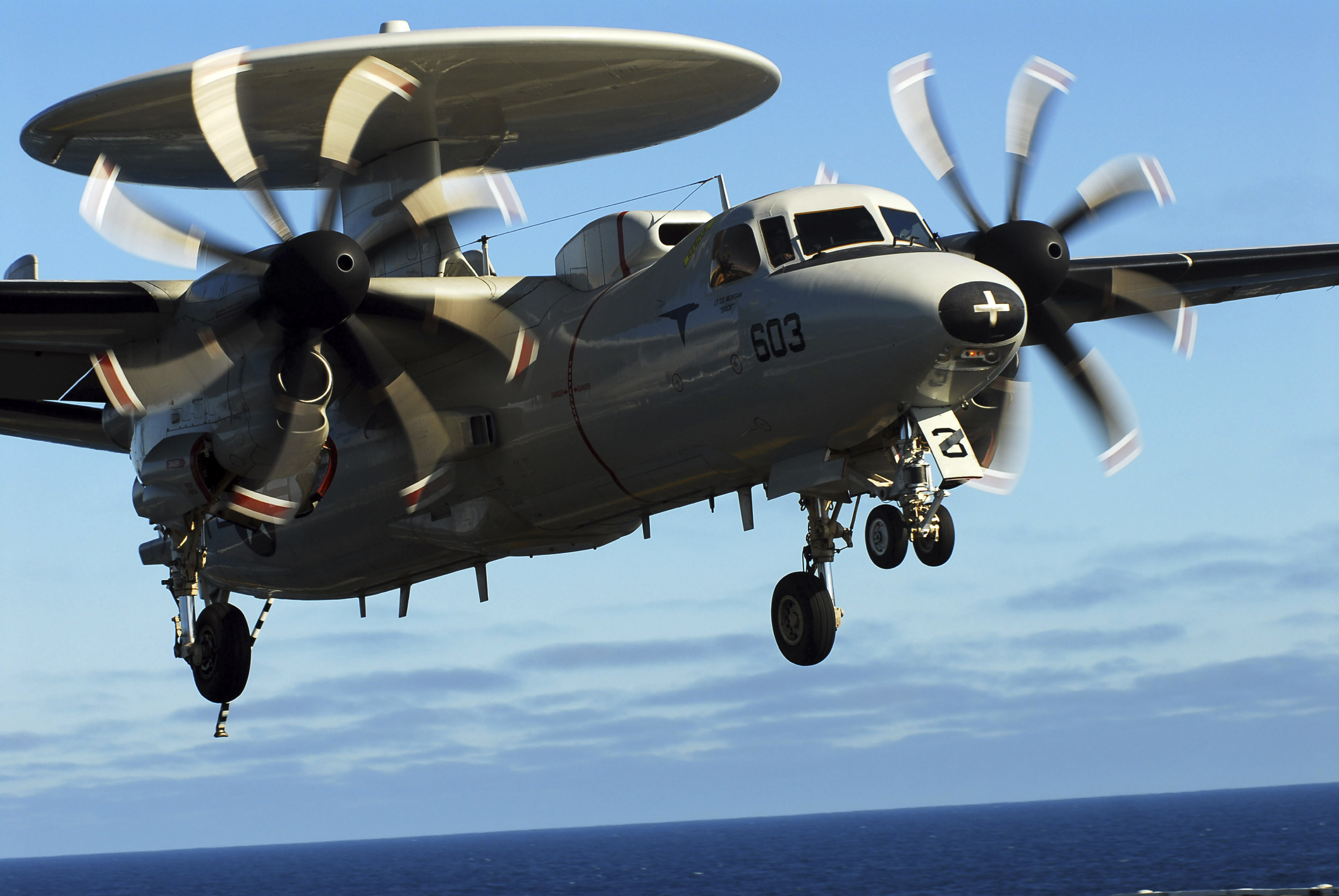Choosing the right aircraft involves more than just looking at price or brand. To find a plane that suits your mission, budget, and preferences, you need to compare its features carefully. This process requires understanding key specifications, capabilities, and design elements. Here’s a comprehensive guide on how to compare plane features to make an informed decision.
Identify Your Priorities
Before diving into specs, clarify what matters most to you. Different users prioritize different features:
- Pilots may focus on handling and avionics
- Operators might emphasize fuel efficiency and maintenance costs
- Passengers care about comfort and cabin size
- Cargo transporters need payload and volume
Knowing your priorities helps streamline your comparison process and filter out irrelevant details.
Evaluate Performance Specifications
Performance metrics reveal how well a plane operates under various conditions. Key specs to compare include:
- Cruise Speed: How fast the aircraft flies during normal operations, influencing travel time
- Range: Maximum distance without refueling, critical for long trips
- Service Ceiling: The highest altitude the plane can safely fly, which affects efficiency and weather avoidance
- Rate of Climb: How quickly the aircraft gains altitude, important for safety and operational flexibility
Compare these numbers to ensure the plane meets your mission profiles and route requirements.
Analyze Capacity and Layout
Assess the aircraft’s ability to carry passengers, cargo, or both:
- Seating Capacity: Maximum number of passengers accommodated, noting variations in seating configurations
- Cargo Volume: Space available for luggage or freight, often overlooked but crucial for logistics
- Cabin Dimensions: Length, width, and height, which affect comfort and usability
Understanding capacity helps balance your operational needs with comfort and efficiency.
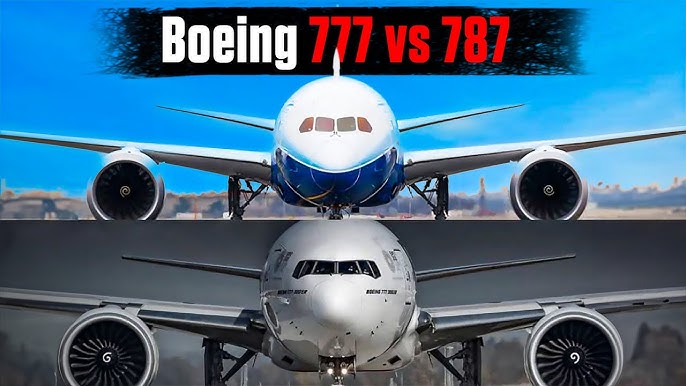
How to Compare Plane Features
Review Avionics and Technology
Modern aircraft come equipped with various electronic systems that improve safety and usability. When comparing planes, consider:
- Navigation Systems: GPS, autopilot capabilities, and advanced flight management systems
- Communication Equipment: Radios and data links essential for air traffic control and situational awareness
- Safety Features: Terrain awareness, weather radar, and collision avoidance systems
More advanced avionics can reduce pilot workload and enhance flight safety, though they might add to the cost and complexity.
Check Engine and Fuel Efficiency
Engines determine power, reliability, and operating costs. Compare:
- Engine Type: Turboprop, piston, or jet, each with distinct performance and cost profiles
- Fuel Burn Rates: Fuel consumption per hour, critical for budgeting and range
- Maintenance Intervals: How often engines require servicing, affecting downtime and expenses
Choosing the right engine type for your typical mission improves efficiency and reduces long-term costs.
Assess Comfort and Amenities
Especially for private and business aircraft, comfort can be a deciding factor. Compare:
- Cabin Noise Levels: Lower noise enhances passenger experience
- Interior Features: Seating quality, in-flight entertainment, and climate control
- Accessibility: Ease of boarding and baggage handling
Comfort features contribute to overall satisfaction during flights, particularly on longer trips.
Consider Operating and Maintenance Costs
Operating costs impact long-term affordability. Compare estimates for:
- Fuel Expenses: Vary with engine efficiency and typical usage
- Routine Maintenance: Parts availability and service intervals
- Insurance and Hangar Fees: Depending on aircraft size and usage
Understanding these costs upfront helps avoid surprises after purchase.
Look at Manufacturer Support and Resale Value
Strong manufacturer support ensures access to parts, technical assistance, and upgrades. Also, consider the aircraft’s resale value, which depends on brand reputation, demand, and reliability.
Use Comparison Tools and Expert Advice
Leverage online comparison tools, pilot reviews, and expert consultations to gain a broader perspective. Attending airshows and demo flights can also provide hands-on insights.
Conclusion
Comparing plane features systematically allows you to choose an aircraft that fits your operational, financial, and comfort needs. By focusing on performance, capacity, technology, costs, and support, you can make a well-rounded decision that enhances your flying experience. Take your time, ask questions, and gather as much information as possible to find the perfect match.

